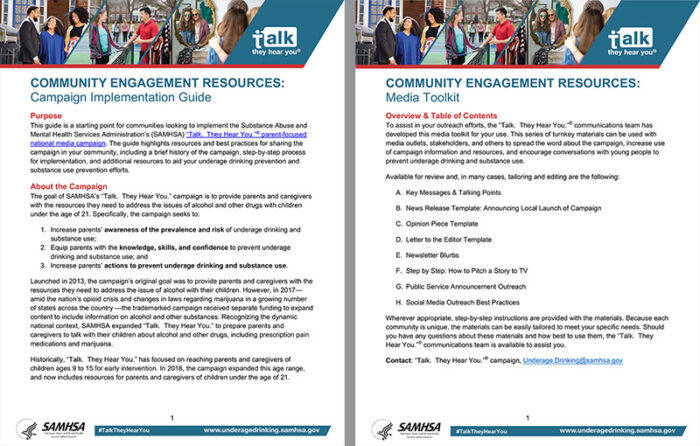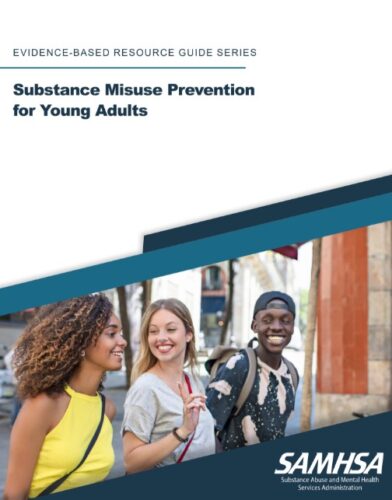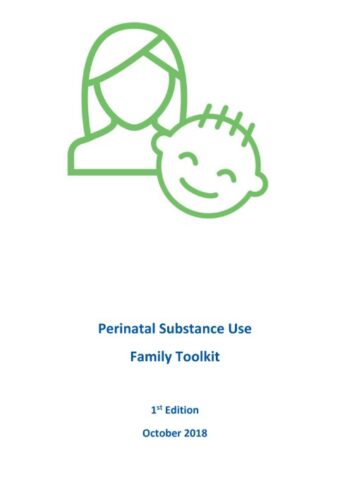Connection is Prevention
Breaking the Cycles and Stigma of Addiction
a presentation by
Denise Addison, BA, MHRS, CADC-CAS
Director of Crisis Services and Arbor Outpatient Drug Free Clinic
Dawn Amaral, BA/BS, MHRS
Crisis Worker | SUDT Intern
Redwood Community Services
Land Acknowledgement
Land acknowledgment is important for those listening and attending today because it recognizes the historical truths and injustices faced by indigenous communities, shedding light on the enduring connection to the land and contributions to the region. It creates unity, understanding, and support for indigenous initiatives, while promoting cultural awareness and environmental stewardship. Ultimately, it contributes to a more inclusive and equitable society that respects and celebrates indigenous heritage.
Chamay, Yahwíy. Hello and Welcome.
Mendocino County is home to 11 federally recognized tribes and several other tribal communities with deep ancestral ties to the region. These include the Coyote Valley Band of Pomo Indians, Guidiville Rancheria, Hopland Band of Pomo Indians, Manchester Band of Pomo Indians of the Manchester Rancheria, Pinoleville Pomo Nation, Redwood Valley Little River Band of Pomo Indians, Round Valley Indian Tribes, Sherwood Valley Rancheria of Pomo Indians, Cahto Tribe of the Laytonville Rancheria, and the Kashia Band of Pomo Indians of the Stewarts Point Rancheria. We also acknowledge the Yokayo Rancheria and the Noyo River Indian Community. These communities represent a rich diversity of Pomo, Yuki, Wailaki, Concow, Nomlaki, Cahto, and other Indigenous peoples who have cared for these lands since time immemorial and continue to carry forward traditions of cultural strength, healing, and connection.
Opening Reflection
When the circle is broken, we must come together to mend it.
Join us in a moment of silence or acknowledgment of ancestors.
History
A history and timeline of harm, resilience, and reconnection.
Understanding the Cycle of Addiction
The cycle of addiction
Addiction impacts individuals, families, and entire communities
In tribal and rural areas, trauma and isolation can deepen the harm
Addiction often stems from emotional triggers, unresolved pain, and disconnection
Historical oppression adds weight to substance use and dependency
Recognizing the Signs
Physical: changes in appearance, sleep, energy.
Emotional: mood swings, isolation, irritability.
Behavioral: dishonesty, stealing, dropping out of commitments.
Cultural: withdrawing from ceremony or family.
Community, Family, and Culture in Recovery
Addiction affects more than individuals — it disrupts family systems, community roles, and cultural connection. In both Indigenous and rural communities, shared pain is matched by shared strength. Recovery happens when we reconnect to family, involve youth and elders, and return to the land, ceremony, and story as sources of healing and identity.
Support & Resources
Protecting the Next Generation and Honoring the Path to Recovery
Prevention begins early, by teaching emotional awareness, cultural identity, and the power of connection. Involving elders, schools, and cultural leaders helps young people feel seen and valued.
Recovery, too, deserves to be uplifted. It is real, it is happening, and every step forward matters. When we share our stories, we break down shame, create hope, and show others what’s possible. Recovery is not only about reaching the finish line, it’s also about honoring the small victories along the way.
Final Reflection
Healing is not a straight line. It’s a circle, just like we are. And every time someone returns to ceremony, to family, to life… the circle gets stronger.
We don’t have to figure out the whole journey at once. Sometimes, just walking beside someone and reminding them they belong is enough to begin the healing.
Q & A
Questions?
Comments?
We open this space now for further discussion.
If you have any additional questions or want to collaborate,
please contact us by email or phone
Denise Addison
(707) 367-6455
addisond@redwoodcommunityservices.org
Dawn Amaral
(707) 513-8537
amarald@redwoodcommunityservices.org
Resources
Brave Heart, M. Y. H. (2003). The historical trauma response among Natives and its relationship with substance abuse: A Lakota illustration. Journal of Psychoactive Drugs, 35(1), 7–13.
Coyhis, D., & White, W. (2006). The Red Road to Wellbriety: In the Native American Way. White Bison Publishing.
Gone, J. P. (2013). Redressing First Nations historical trauma: Theorizing mechanisms for Indigenous culture as mental health treatment. Transcultural Psychiatry, 50(5), 683–706.
Grandbois, D. M., & Sanders, G. F. (2012). The resilience of Native American elders. Issues in Mental Health Nursing, 33(2), 72–78.
HeavyRunner, I., & Marshall, K. (2003). Miracle survivors: Promoting resilience in Indian students. Tribal College Journal, 14(4), 14–17.
Kirmayer, L. J., Dandeneau, S., Marshall, E., Phillips, M. K., & Williamson, K. J. (2011). Rethinking resilience from Indigenous perspectives. The Canadian Journal of Psychiatry, 56(2), 84–91.
Lucero, N. M., & Bussey, M. (2012). Helping American Indian and Alaska Native families heal from substance abuse and trauma. Children and Youth Services Review, 34(12), 2565–2572.
Native American Drug and Alcohol Recovery Initiative (NADARI). (n.d.). Blog. Retrieved from https://www.nadari.org/blog
Rains, K., Archibald, L., & Dwyer, S. (2004). Measuring the Strength of Spirit: A Healing Needs Assessment of Urban Aboriginal People in Vancouver. National Aboriginal Health Organization.
Substance Abuse and Mental Health Services Administration. (2020). TIP 61: Behavioral Health Services for American Indians and Alaska Natives. U.S. Department of Health and Human Services.
White Bison, Inc. (2024). 365 Days of Walking the Red Road. Retrieved from https://whitebison.org
White Bison, Inc. (2024). The Wellbriety Movement: Journey of Forgiveness. Retrieved from https://whitebison.org


